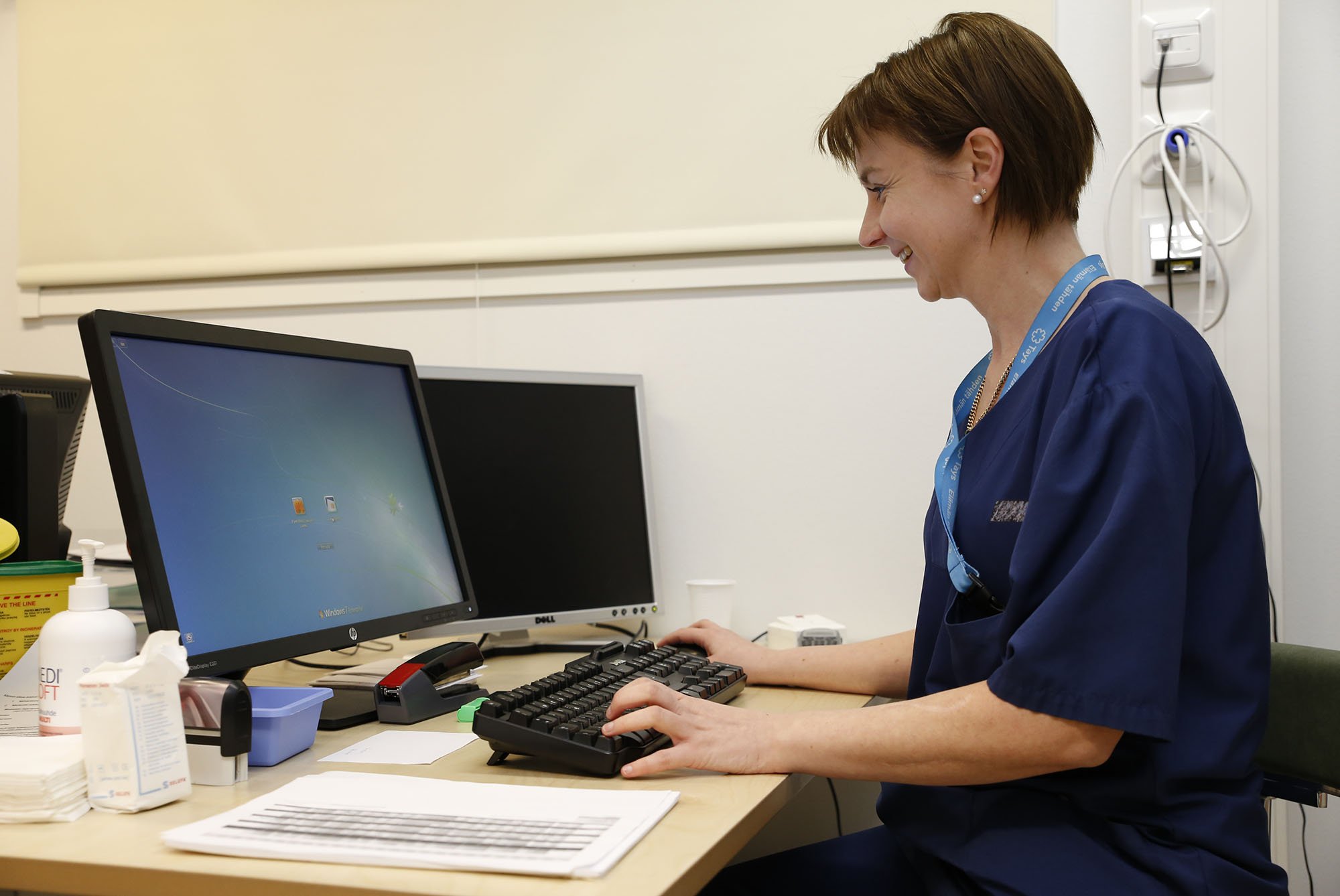Patient experience describes an individual’s experience of their issue, whether it is an illness or an accident, and how healthcare treats that problem. Over the past ten years, many organizations have launched and completed projects to improve the overall patient experience.
Why is it important to measure patient experience?
The concept of patient experience is already very comprehensive. It is influenced by numerous events and interactions along the patient’s treatment path. To improve the patient experience, information about the current situation and how it’s going to change, is needed as a basis. Information is gained through direct feedback and the staff’s own feelings, but experience can also be measured in different ways. There is no general standard for measuring patient experience, meaning that measurement is usually done through surveys and interviews as well as by observing patient paths. For example, NPS (net promoter score) has become more common in healthcare.
Patient experience data can be used to improve treatment, support strategic decision-making, monitor and guide the activities of the healthcare organization, and, of course, to meet patients' expectations better. Knowledge of the treatment quality that patients experience also helps organizations improve their treatment processes and plan their resources better. For example, when a hospital has a well-functioning internal production process, the more and better patients can be treated. The less work that is perceived as unnecessary or secondary, the better the mental wellbeing is among the staff. This has a significant impact on the patient experience.
Development of the service process plays a key role
At the heart of developing patient experience is the understanding of the guiding factors that influence patient experience. Although, as a technology provider, we tend to solve issues through technological solutions, cultural issues are usually central to the development of the patient experience. There is a lot of researched information about the patient experience around the world. Such studies usually raise the following four issues:
1) transparency and comprehensibility of the treatment process and information
2) empathic encounter
3) professional image (for example, cleanliness of the premises and people's skills)
4) expectation management
The patient experience is also enhanced by empowering the patient so that they know what happens next and where, eliminating unnecessary waiting, and increasing independent decision-making. To be able to simultaneously manage and develop the service process and the patient experience, the different treatment paths must be standardized as much as possible. Then the impact of the changes made can be measured in relation to the existing circumstances, and changes can be implemented quickly.
Technology serves best when it aims toward a holistic service process, piece by piece and systematically. Healthcare organizations need comprehensive, but at the same time tangible operational process management that facilitates everyday life. The allocation and scheduling of healthcare resources should be based on a good patient experience. Such a system may include self-service systems as a data source, transmission of patient information, patient satisfaction measurement data, patient flow management tools, and so on. Read more about improving the patient experience in our new e-guide.





